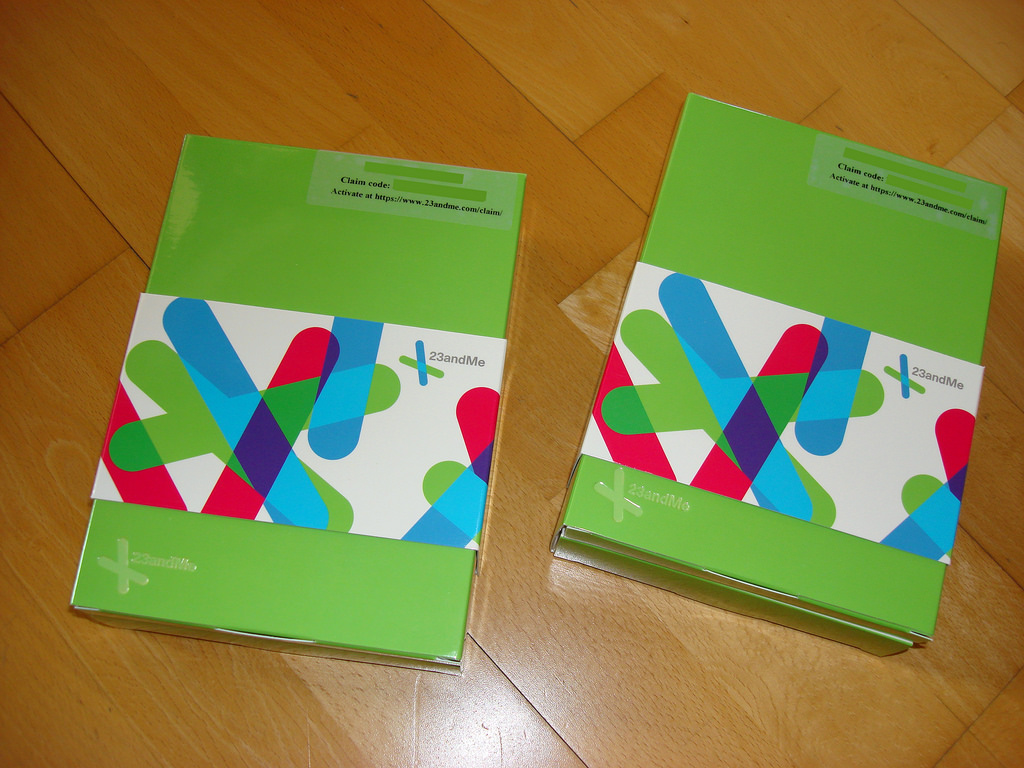We Tried To Find 10 BuzzFeed Employees Just Like Cops Did For The Golden State Killer
By Peter Aldhous,
Buzzfeed
| 04. 09. 2019
A year ago, when cops captured Joseph James DeAngelo, the suspected Golden State Killer, the world woke up to the power of genetic genealogy. DeAngelo was identified because DNA he left at the scene of a 1980 double murder partially matched the profiles that a few of his distant relatives had uploaded to a public website to research their family history. Based on those matches, a team of detectives drew up family trees that eventually led them to DeAngelo, suspected of at least 13 murders and more than 50 rapes.
In the year since, more than 50 other criminal cases have been cracked using similar methods, launching a new forensic science industry. One estimate has suggested that more than half of the US population could be found in this way — although genealogists have warned that, in practice, complications like adoptions or misunderstandings over who is the biological father of a child can throw an investigator off track.
How hard is it to crack cases in this way? And what issues does it raise, as police recruit...
Related Articles
By Jonathan Matthews, GMWatch | 12.11.2025
In our first article in this series, we investigated the dark PR tactics that have accompanied Colossal Bioscience’s de-extinction disinformation campaign, in which transgenic cloned grey wolves have been showcased to the world as resurrected dire wolves – a...
By Jenny Lange, BioNews | 12.01.2025
A UK toddler with a rare genetic condition was the first person to receive a new gene therapy that appears to halt disease progression.
Oliver, now three years old, has Hunter syndrome, an inherited genetic disorder that leads to physical...
By Simar Bajaj, The New York Times | 11.27.2025
A common cold was enough to kill Cora Oakley.
Born in Morristown, N.J., with virtually no immune system, Cora was diagnosed with severe combined immunodeficiency, a rare genetic condition that leaves the body without key white blood cells.
It’s better...
By Rachel Hall, The Guardian | 11.30.2025
Couples are needlessly going through IVF because male infertility is under-researched, with the NHS too often failing to diagnose treatable causes, leading experts have said.
Poor understanding among GPs and a lack of specialists and NHS testing means male infertility...




